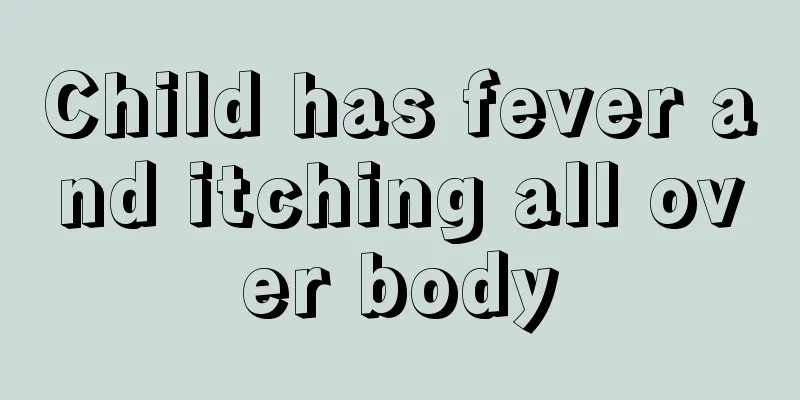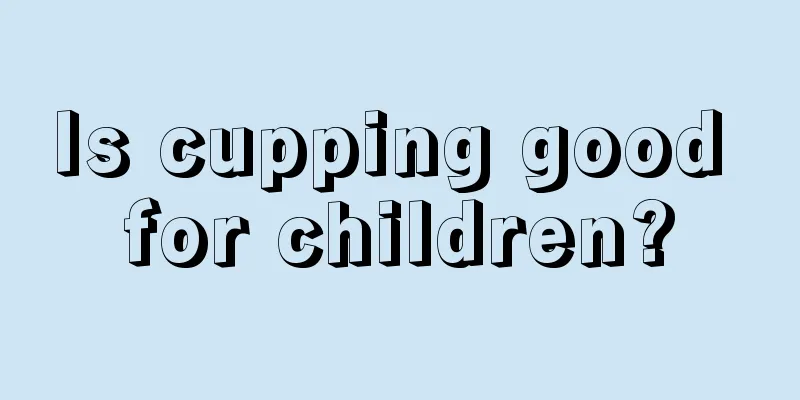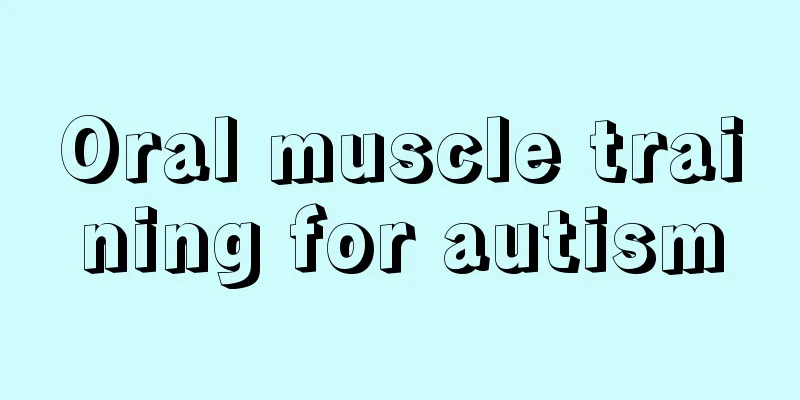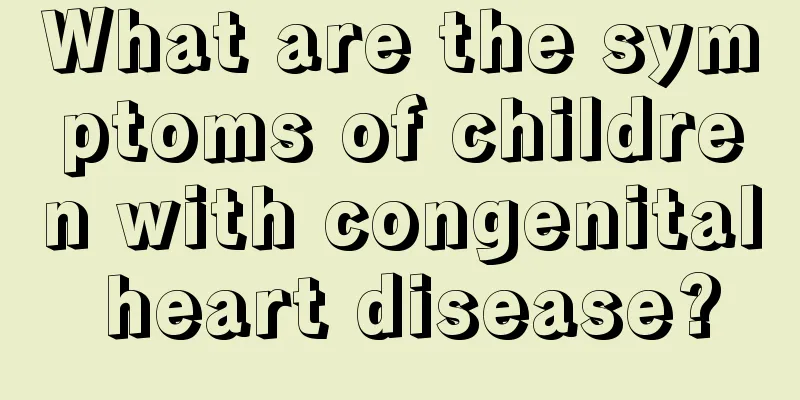Child has fever and itching all over body

|
Because babies' immune systems are relatively weak, they will always have symptoms of a cold, and fever is inevitable during a cold. Since children have limited ability to express themselves, they can only use body movements to show their family members that they are uncomfortable. Some babies always scratch their skin before they have a fever. This is because the symptoms of fever can cause the baby's body to itch. So, what should we do if our child has a fever and itches all over his body? 1. What is the reason for a child to have a fever and itch all over the body? 1. Dehydration and acid-base imbalance. High fever can easily cause dehydration, and the body loses water when sweating profusely due to taking antipyretics. Dehydration not only makes it difficult to reduce fever, but also affects metabolism and blood circulation, causing acidosis, etc. At the same time, the sodium concentration in the blood increases and the blood becomes hyperosmotic. The child will experience dry mouth, thirst, irritability, and even nonsense or convulsions. The fever will not only not subside but will become higher. Hyponatremia may occur, which is more common in infants and young children who are usually malnourished. 2. Febrile convulsions. Some children may have convulsions when they have a fever, which often occurs when a high fever suddenly arises. The convulsion usually occurs once for each fever and rarely occurs more than twice. As long as the convulsion does not last long and is handled properly, it will not have much impact on the child's health. 3. Cerebral edema. When the body temperature exceeds 41°C, proteins in the body will decompose, causing cerebral edema and leading to the death of the child or leaving sequelae of encephalopathy. Therefore, when a child has a high fever above 40°C, emergency treatment must be given. 2. How to reduce fever physically 1. Drink more warm water, vegetable juice and fruit juice. Let your baby drink more water and replenish body fluids. This is the most basic method of reducing fever. It is very effective and practical and suitable for all babies with fever. Do not give your baby cold water, because fever is often accompanied by gastrointestinal symptoms and cough, and drinking cold water will aggravate these accompanying symptoms. Give your baby warm water. 2. Warm water bath, that is, wipe the whole body with a warm water towel. This is a great way to cool down any baby who has a fever. The water temperature is more suitable at 32-34 degrees, and each wiping time should be more than 10 minutes. The key areas to wipe are the skin folds, such as the neck, armpits, elbows, groin, etc. 3. Warm water bath: The water temperature should be about 3-4℃ lower than the child's body temperature, and each bath should last for 5-10 minutes. Many parents think that babies should not be bathed when they have a fever. In fact, on the contrary, giving babies a warm bath can help cool them down. A warm bath is suitable for all babies with a fever. 4. Low-temperature chamber method: Place the sick child in an environment with a room temperature of about 24°C to slowly lower the body temperature. In order to allow the skin to come into contact with the outside air and help cool down, people need to wear less clothes. If conditions permit, use air conditioning to lower the room temperature. This method is suitable for babies under 1 month old, especially in summer. Just open the baby's clothes and put him in a cool place, his body temperature will slowly drop. If your baby has chills and shivering when having a fever, you should not use the low-temperature chamber method. |
<<: At what age should children undergo eyelid ptosis surgery?
>>: Symptoms of malnutrition in children
Recommend
What are the preventive measures for infectious diseases in spring for young children?
With the arrival of spring, various infectious di...
What are some ways to make your child grow taller quickly?
In daily life, we often see many children going t...
Baby's growth diary
We have a baby in our family, which is a very hap...
What should we do if primary school students have poor memory?
We usually use a child's memory to judge whet...
What to do if your baby sneezes and coughs
After the baby is born, the most important issue ...
What are the symptoms of children with congenital heart disease?
Congenital heart disease will affect and threaten...
Seven ways to reduce fever in children
Children's bodies are relatively fragile, so ...
Trachoma symptoms in children
Whether it is a middle school or an elementary sc...
What to do if your two-month-old baby cries at night
Two-month-old babies crying at night often troubl...
How to treat children's weak spleen and stomach
Children's health is not only a matter of con...
What are the developmental standards for babies over 9 months old?
For parents, the baby's growth day by day is ...
Why is there blue around baby's lips?
Is the blue area around the baby's lips due t...
A three-year-old boy sweats a lot when sleeping?
Sweating while sleeping is a phenomenon experienc...
How to treat children's eye twitching
The healthy development of children is the wish o...
Is it normal for a newborn to pull milk clots?
In our lives, there are many newborns who will ha...









